Color Guide 02 - Color Temperature - Ran Art Blog
Color Guide - Part 02
Color Temperature
Note:
If you missed it, here is part 01 - primary and secondary colors.
Color temperature is how warm or cool any color is.
Red, orange, and yellow are warm colors; they bring to mind fire, or the Sun.
Purple, blue, and green are cool colors; they bring to mind the ocean, or wet grass.
Warm colors can be warmer or cooler, and cool colors can be warmer or cooler.
For example, red can be a warm red (like cadmium red), meaning orangey, or it can be cooler (like quinacridone, or alizarin crimson), meaning a bit purplish.
In any case, red is still a warm color, just a bit cooler or warmer.
The same goes for yellow. It can be a bit warm (like cadmium yellow), meaning orangey, or a bit cooler (like lemon yellow), meaning a bit greenish.
Here is an example of transition in color temperature in the sky.
From greenish blue to the left, to neutral blue, to purplish blue on the right.
When drawing landscapes, foreground objects are warmer, while background objects get cooler with distance, that is because of the effect of the blue sky.
This can change when the climate changes.
You can learn more about perspective in my atmospheric perspective guide.
The shadows of foreground objects are usually cool when the sky is blue.
While an object receives direct sunlight, its shadow is hidden from the sunlight, and therefore receives light from the secondary light source, which is the sky.
Pay attention to the purple color I used for the cast shadows by the trees:
Indoor painting can be tricky.
Sometimes, there are several light sources in the room (both warm and cool), and reflections from the walls, and other objects.
In addition, direct warm sunlight from the window, or cool light from the sky.
Can you see the temperature of the wall by my door?
The top part of the wall is warm due to warm light source, and reflections (and its own pigment).
The bottom part of the wall is actually cool, due to skylight from the window.
To paint that, you need to see the transition from warm to cool color.
Summary
I painted all paintings in this guide.
Temperature determines the overall atmosphere of a painting.
This guide is part of my comprehensive color mixing guide.
Till next time...
Ran
Website: https://ranartblog.com/
Tutorials: https://ranartblog.com/blog.html
Instagram: https://www.instagram.com/ran_art_blog/
Pinterest: https://www.pinterest.com/ranartblog/

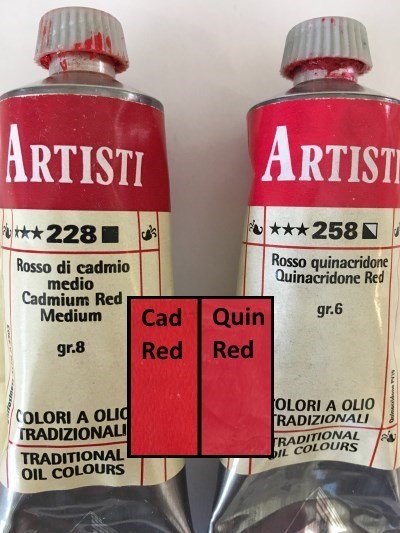
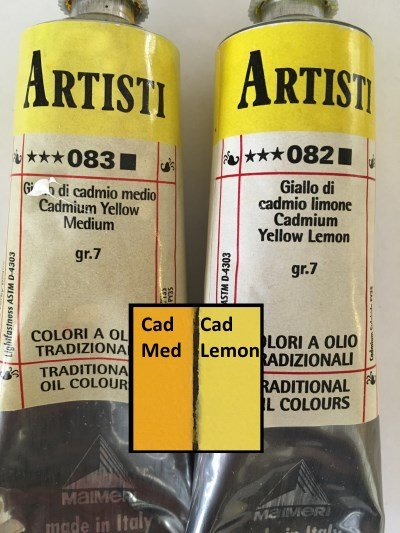
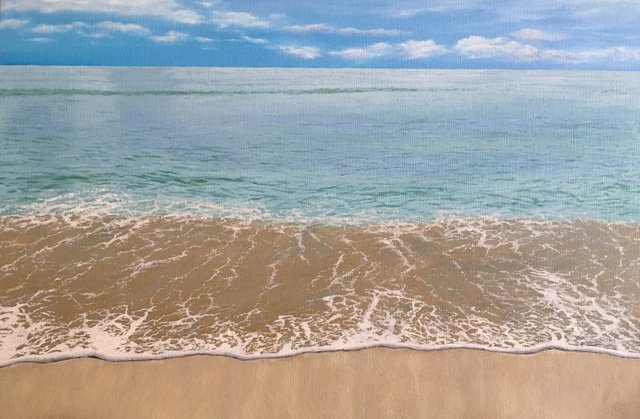
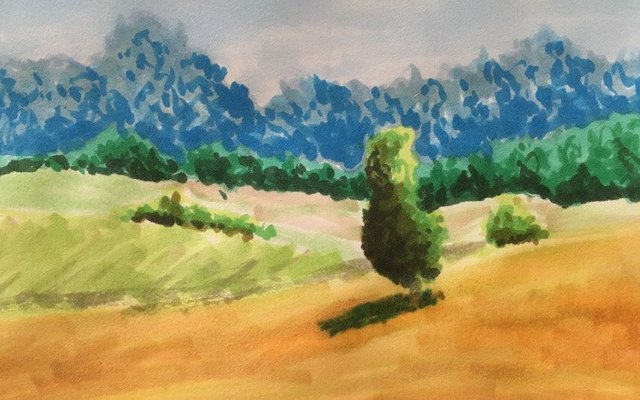
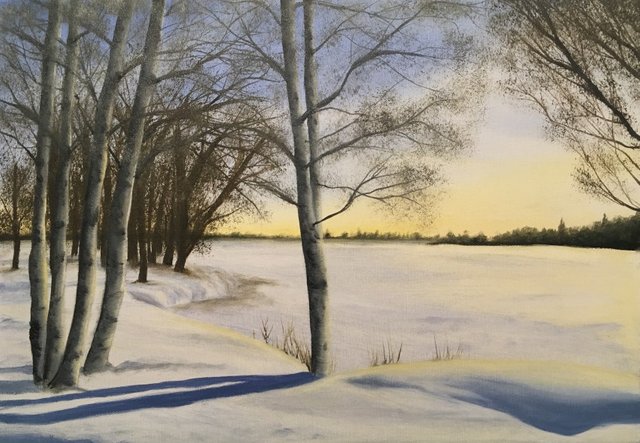
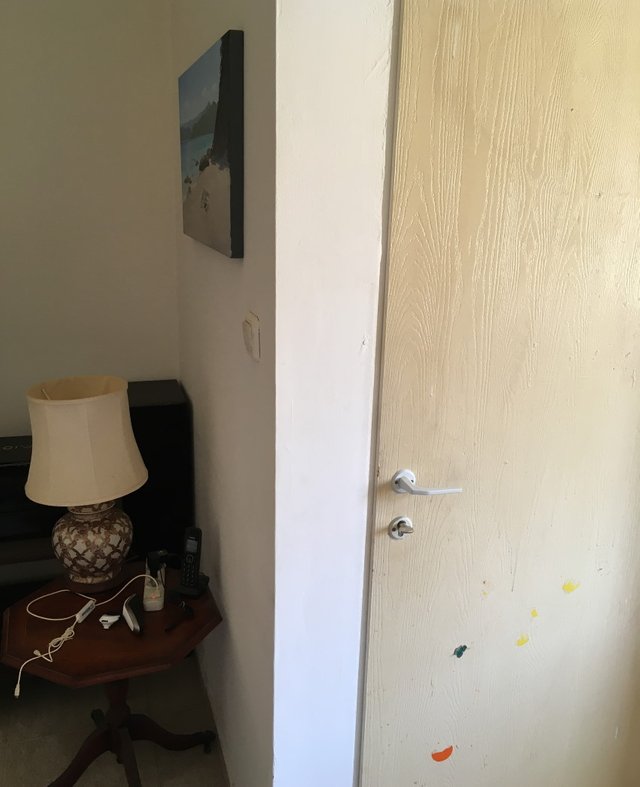
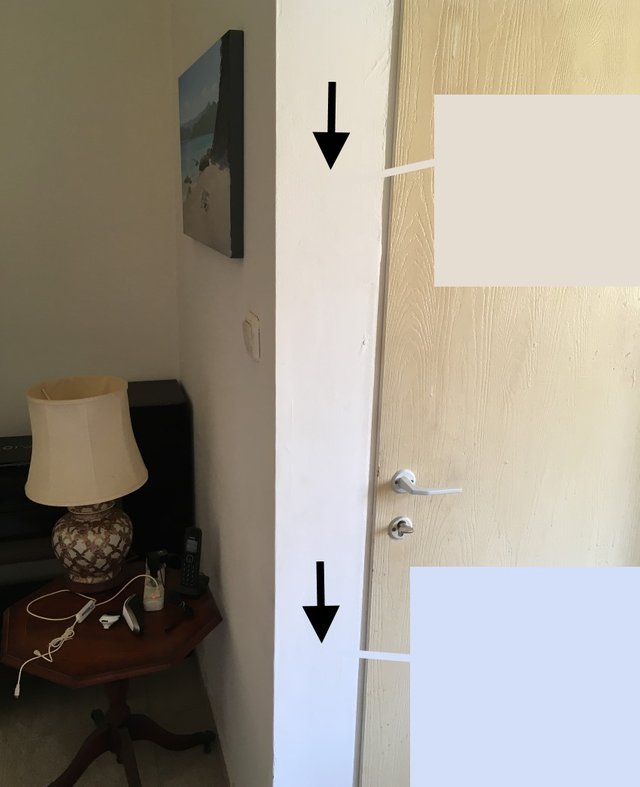
Good examples from "life" :)
I always use my ugly apartment for examples.
Well, it is not actually mine. Renting it... :)
Your post is manually rewarded by the
World of Xpilar Community Curation Trail
STEEM AUTO OPERATED AND MAINTAINED BY XPILAR TEAM
https://steemit.com/~witnesses vote xpilar.witness